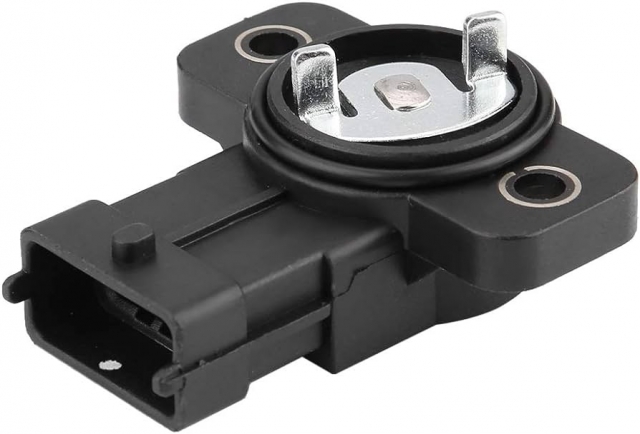Position sensors are electronic components that are used to detect the position of an object. They are used across diverse industries such as automotive, industrial manufacturing, aerospace, and electronics to detect the position of moving parts like valves, switches, machine tool slides, motors, and other components in automation equipment. Position sensors help equipment manufacturers to precisely control the movement and flow of automated production lines which drives operational efficiency. There are different types of position sensors available including linear position sensors, rotary position sensors, and angular position sensors. Linear position sensors detect linear distance of travel while rotary and angular position sensors measure the angular position of rotating or pivoting parts.
The position sensor market is estimated to be valued at USD 5.93 Bn in 2024 and is expected to reach USD 9.58 Bn by 2031, growing at a compound annual growth rate (CAGR) of 7.1% from 2024 to 2031.
Key Takeaways
Key players operating in the Position Sensor market are TE Connectivity, Honeywell International Inc., SICK AG, Hans Turck GmbH & Co. KG, Balluff GmbH.
The growing demand for Position Sensors from industrial automation applications is a major factor driving the growth of this market. Position sensors help improve operational efficiency and productivity of automated manufacturing processes.
Expanding geographical reach of Position Sensor manufacturers into developing markets through partnerships and mergers & acquisitions is expected to offer new growth opportunities over the forecast period.
Market Key Trends
One of the major Position Sensor Market Trends gaining traction in the position sensor market is the growing adoption of non-contact position sensors. Non-contact variants such as inductive, optical, ultrasonic position sensors are seeing increasing demand over traditional contact type sensors as they eliminate wear & tear, offer greater durability, and require minimal maintenance. Within the non-contact type, inductive position sensors are expected to witness significant gains owing to their flexibility, reliability, and ruggedness. The ability of non-contact sensors to withstand harsh industrial environments without performance deterioration makes them ideal for critical industrial automation applications. The trend is expected to stay strong over the coming years.
Porter's Analysis
Threat of new entrants: Low capital requirements and established buyers allow new companies to enter with ease. However, presence of major players poses threat to market share of new entrants.
Bargaining power of buyers: Large industrial buyers can negotiate lower prices due to bulk purchasing. Variety of product offering increases buyer power.
Bargaining power of suppliers: A few large suppliers exist for essential components increasing their influence on pricing. However, switching costs for buyers are low reducing supplier power.
Threat of new substitutes: Alternate technologies for position sensing have been emerging but most lack accuracy, real-time response and reliability of mechanical sensors.
Competitive rivalry: Major players compete on technological innovations, product quality and pricing. Delivery network and rapport with large customer base creates differentiation.
Geographical regions
North America holds the major share of position sensor market value owing to large manufacturing and automation sector in US and Canada.
Asia Pacific region is expected to grow at the fastest pace during the forecast period due to expanding automotive, electronics and industrial automation industries in China and India. Government initiatives to promote 'Make in India' further attract investments.
Get this Report in Japanese Language: 位置センサー市場
Get this Report in Korean Language: 위치센서시장
About Author:
Ravina Pandya, Content Writer, has a strong foothold in the market research industry. She specializes in writing well-researched articles from different industries, including food and beverages, information and technology, healthcare, chemical and materials, etc. (https://www.linkedin.com/in/ravina-pandya-1a3984191)






